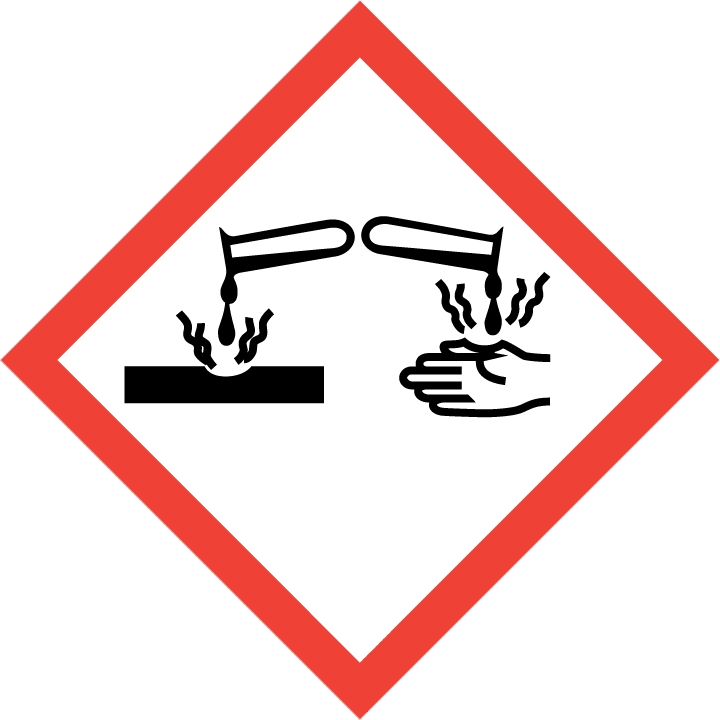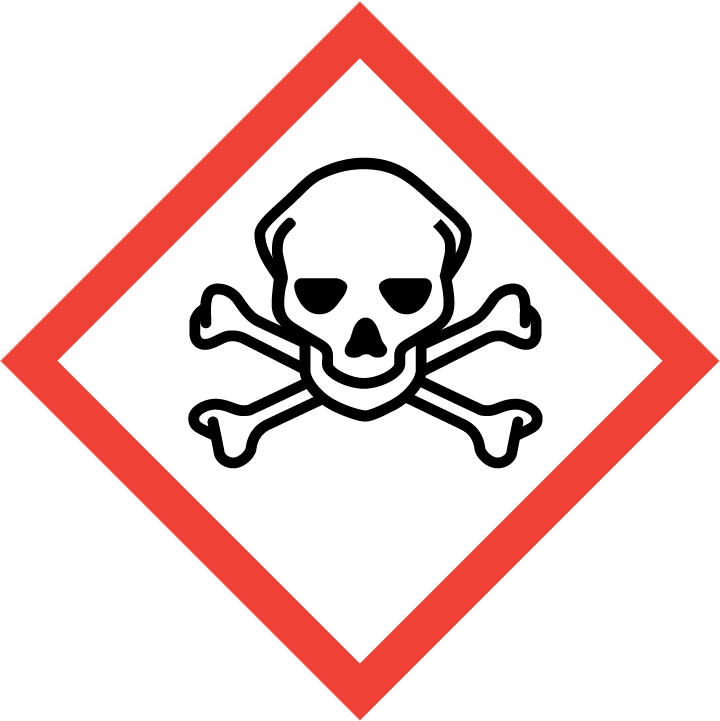| Chemical Name: | Quinoline, 3-bromo-4-chloro- |
| CAS Number: | 74575-17-0 |
| Product Number: | AG008PQA(AGN-PC-0JTVXX) |
| Synonyms: | |
| MDL No: | |
| Molecular Formula: | C9H5BrClN |
| Molecular Weight: | 242.4997 |


3-Bromo-4-chloroquinoline is a versatile compound commonly used in chemical synthesis for the preparation of various pharmaceuticals, agrochemicals, and organic materials. This heterocyclic compound serves as a valuable building block in the synthesis of biologically active molecules due to its unique structural properties and reactivity.One of the key applications of 3-Bromo-4-chloroquinoline is in the field of medicinal chemistry, where it is utilized as a core component for the synthesis of heterocyclic drug candidates. By functionalizing different positions of the quinoline ring system, chemists can modulate the biological activity and pharmacokinetic properties of the resulting compounds. This versatility makes 3-Bromo-4-chloroquinoline an indispensable tool in the development of novel therapeutic agents.In addition to drug discovery, 3-Bromo-4-chloroquinoline is also employed in the synthesis of agrochemicals such as herbicides, pesticides, and fungicides. Its ability to undergo various chemical transformations enables the efficient construction of complex structures needed for crop protection and pest control. By incorporating 3-Bromo-4-chloroquinoline into the molecular design of agrochemicals, researchers can enhance their effectiveness and selectivity in agricultural applications.Furthermore, 3-Bromo-4-chloroquinoline finds utility in material science for the preparation of functionalized polymers, dyes, and organic electronic materials. Its compatibility with different reaction conditions and functional groups allows for the synthesis of tailored compounds with specific properties for diverse industrial applications. Whether used as a precursor for conducting polymers or as a chromophore in dyes, 3-Bromo-4-chloroquinoline contributes to the advancement of materials with advanced functionalities and performance characteristics.